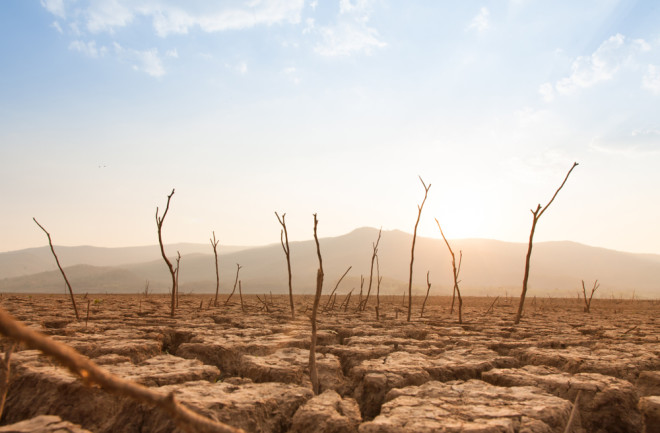During the phanerozoic era, which stretches from 540 million years ago to the present day, plants and animals have remained abundant. These two lineages have evolved into many iterations over time. But evolution is not a linear trend. Five key moments shaped life on earth more than any others. The “big five” mass extinctions, the end-Ordovician, end-Devonian, end-Permian, end-triassic and end-Cretaceous, wiped out large portions of earth’s species. The survivors inherited the earth.
Today, biodiversity is declining at an accelerated rate, just as it did during the “big five” mass extinctions. Some researchers estimate that vertebrate species are going extinct at a rate that is 100 times higher than the pre-industrial average. The living planet index, another measure that combines population data for nearly 30,000 vertebrates, declined by 68 percent from 1970 to 2016 according to the World Wildlife Fund.
While geologic events caused most previous mass extinctions, the current trend, often referred to as “the sixth mass extinction,” has a different cause: humans. In the modern era, humans have played a central role in shaping global ecology. We are still far from meeting the requirements that paleontologists set for a “mass extinction event” (loss of 75 percent of species globally). However, in geologic time, we are moving towards that reality.
“One person’s lifespan is not long enough to actually change things on a geologic time scale,” says Emily Wollmuth, a Microbiology Ph.D. candidate at Cornell University. “We’re talking about something that usually happens over millions of years.”
More on Mass Extinctions:
The End-Ordovician Mass Extinction wiped out 85 percent of life.
Marine life perished from the Late Devonian Mass Extinction.
Dinosaurs survived the Late Triassic Mass Extinction.
What Are the Causes?
During the Late Permian mass extinction, magma ignited veins of coal and other organic materials. The combustion of these layers spewed carbon dioxide and other greenhouse gasses into the atmosphere. Global temperatures skyrocketed and oceans grew acidic.
Today, we see the same trends repeated through human combustion of fossil fuels. The global temperature has risen to about 34 degrees Fahrenheit beyond the pre-industrial average, and is projected to rise further in the coming decades. The Intergovernmental Panel on Climate Change (IPCC) projects that approximately 10 percent of terrestrial species will be threatened with extinction if global temperatures rise to about 36 degrees beyond pre-industrial levels.
Just as they did during the end-Permian event, the earth’s oceans are becoming more acidic. Sensitive species, such as reef-building corals, are already dying en masse.
And on land, as humans occupy and exploit the earth’s remaining wild places, some species have nowhere left to go. In many places, organisms are facing pressure from both habitat loss and climate change at the same time.
Nowhere is this more apparent than in forests. These ecosystems house diverse plants, fungi, mammals, birds and invertebrates. From the Amazon to Indonesia, humans are cutting trees down to make room for farms, urban development and other livelihoods. The IPCC projects that 60 percent of forests will be threatened by deforestation, forest degradation and wildfires if current trends continue.
Humans also exploit some species directly. According to the International Union Conservation of Nature, extinction threatens 85 percent of sturgeons, a group of large freshwater fish that are harvested for their roe. If the current trend continues, many sturgeon species could follow the morbid example of the carrier pigeon, which was hunted to extinction by European American settlers.
What Are the Similarities?
Ultimately, complex and interweaving factors cause all mass extinctions. Even the meteor that most experts agree killed the dinosaurs had some help from volcanic activity in present day India. Climate change, habitat destruction and direct exploitation are perhaps the three most-cited drivers of the sixth mass extinction, but each one rarely works alone.
“It’s important to think about the overlap of these broad categorizations,” says Wollmuth. “For instance, climate change can lead to habitat alteration or disease.”
Though the causes of the sixth mass extinction are somewhat opaque, one potential solution is to limit global warming. According to the IPCC, it is possible to limit global warming to about 35 degrees if the world reaches net-zero emissions by the early 2050s. Any warming beyond this point is likely to trigger ecological tipping points that cause irreversible damage to global biodiversity.

